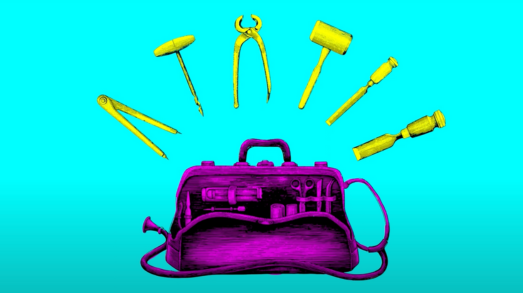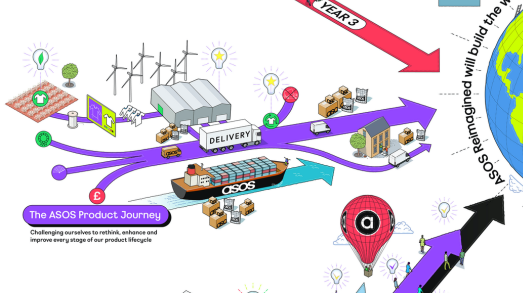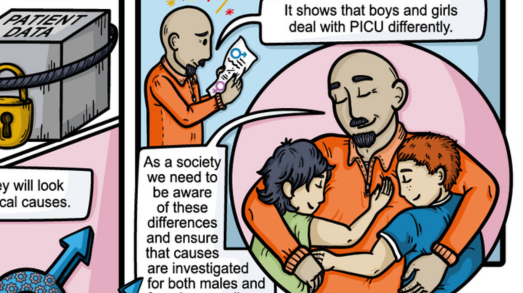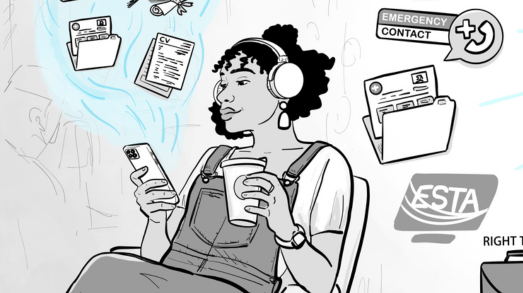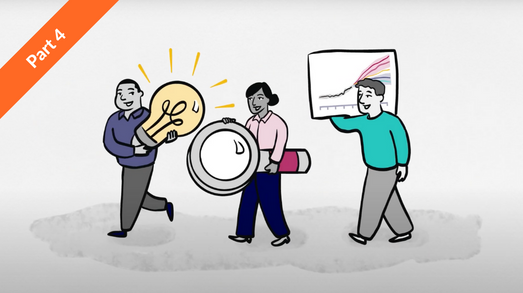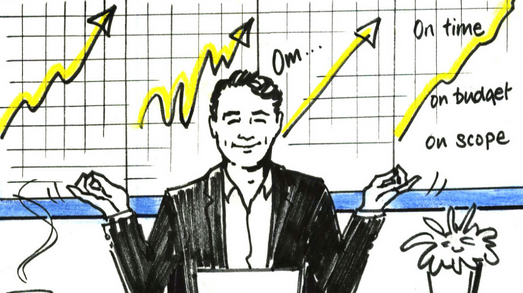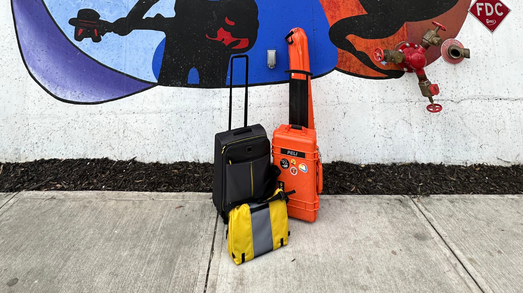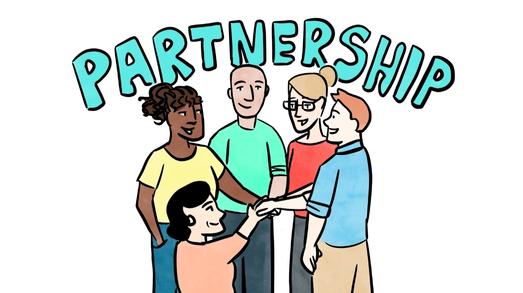The degree of participant interaction with graphic recording in meetings can be seen most powerfully when we are all in the same room together.
As teams, leaders, facilitators, consultants and trainers prepare to meet together, we offer 5 simple yet important tips for making the best use of your graphic recorder, and the visual image they produce, in order to maximise participant knowledge, understanding & engagement both in and after the meeting.
1. Make your graphic recorder visible
Think strategically about where your graphic recorder will be physically placed during your meeting. It can be tempting to place them at the back of the room, tucked out of the way, but who is this really serving? Positioning your emerging graphic near a coffee station, or adjacent to a thoroughfare, will encourage your meeting participants to gather at the image in the breaks, reflect on the content shared and talk about what they have learned and heard.
2. Tell the participants what will be happening
The notion of creating stories and narratives to be tested and scrutinised may seem utopian to some, especially when it comes to politics, however I believe this is an admirable and credible goal to aim for in an environment where we are constantly bombarded by data. This applies equally to modern organisations, whose leaders are looking for engaging ways to win the hearts and minds of their people.
Finally, this idea applies to those who are looking to improve the lives of others, whether that’s through the introduction of a new service, the offer of professional advice, or the purchase of a new product. Whilst it might appear to be an obvious point, ensure your participants know what your graphic recorder is there to do at the beginning of your meeting. Participants, especially if they’ve not experienced graphic recording before, will wonder what this artistic person is doing in the room. Put their minds at rest at the outset.
3. Use as a facilitation tool
Facilitators who are intentional about including the emerging graphic in their meeting leadership are likely to increase their chances of conveying important messages if the image is used as an interactive facilitation tool. Gathering your participants around the image, assuming you can, or at least placing yourself at the image to signpost participants (like a human cursor) to what’s been explored and where critical links exist will give your facilitation, and participant knowledge, an instant boost.
4. Re-use and re-purpose the content of the graphic
You are paying for a graphic recorder to be in your meeting, which means that you really should ‘sweat’ the image as much as you can to ensure it plays a key role in your post-meeting experience. A high-quality, engaging image is much more likely to be kept than a set of wordy meeting minutes. Extracting individual elements of the overall image will also support your post-event communication, for example in social media. Break it up to expand communication possibilities.
5. Use as a way of communicating with others after the meeting
Participants will appreciate being helped to understand how they can use the graphic after the event, especially when it comes to helping others who weren’t at the meeting to understand the themes explored. Examples include team updates, 1:1s, both face to face and virtual. Using the graphic to ‘walk through’ what happened at the meeting, what inspired and stood out is always a good strategy.
Even if teams are not meeting face to face, digital graphic recording can be as effective in virtual meetings, however large or small. There’s always a virtual graphic recording option available.
Contact Inky Thinking to discover how visually compelling your next meeting, event, project, brainstorming session or sales pitch will be.


